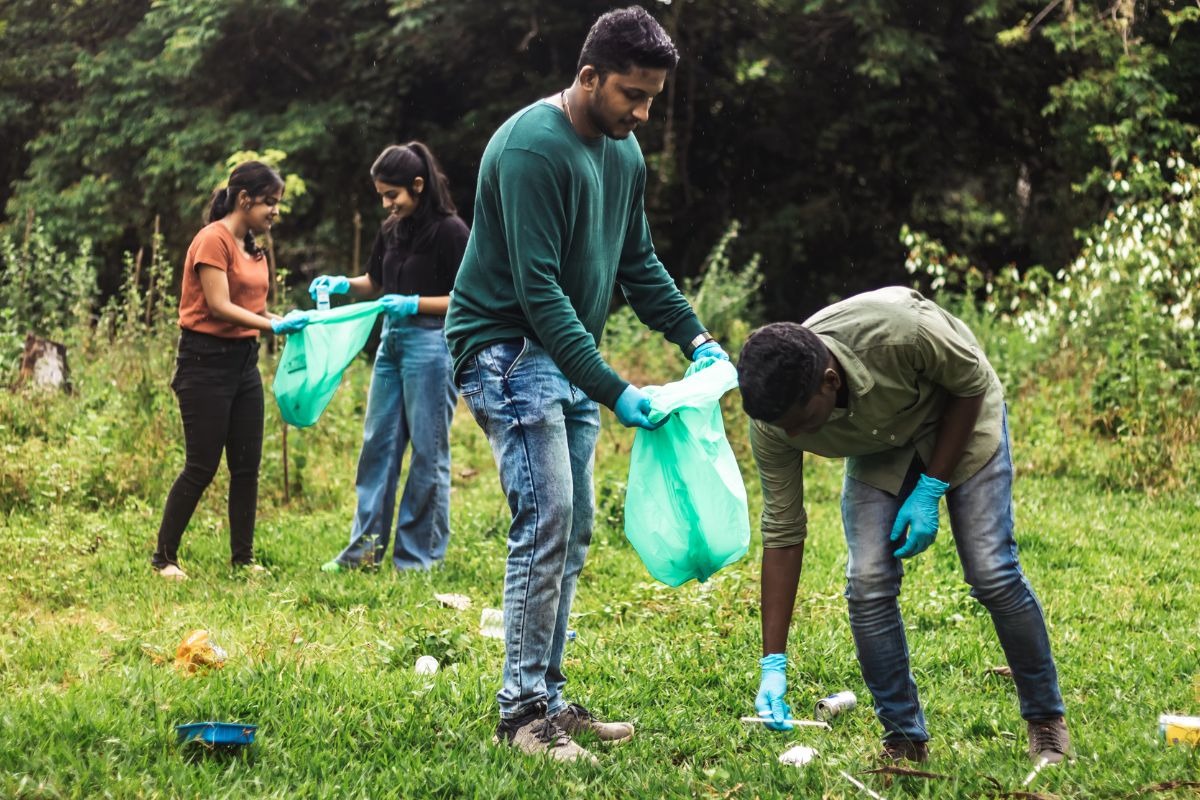Introduction:
Sustainable living is an approach to life that seeks to reduce personal and collective environmental impact. In an age of climate change, dwindling resources, and environmental degradation, sustainable living offers a hopeful pathway toward creating a more harmonious relationship between humans and the planet. This article explores what sustainable living entails, why it matters, and how to incorporate sustainable practices into everyday life.
What Is Sustainable Living?
Sustainable living is a lifestyle choice that focuses on minimizing resource consumption and waste while prioritizing long-term environmental health. It emphasizes practices that support the planet’s ability to regenerate and maintain its natural systems. The goal is to ensure that the Earth’s ecosystems can continue to support human life without compromising the well-being of future generations.
The Pillars of Sustainable Living:
- Conservation of Resources: At the core of sustainable living is the careful and responsible use of natural resources, such as water, energy, and raw materials. By reducing consumption and waste, we ensure that these resources remain available for future generations.
- Waste Reduction: Sustainable living encourages reducing, reusing, and recycling materials to minimize waste. This includes everything from composting food scraps to buying products with minimal packaging and opting for reusable bags, containers, and water bottles.
- Energy Efficiency: Energy conservation is a key component of sustainable living. By using energy-efficient appliances, installing solar panels, and adopting mindful energy habits, we reduce our reliance on fossil fuels and contribute to a cleaner energy future.
- Sustainable Agriculture: Supporting local, organic, and regenerative farming practices is crucial for sustainable living. These practices promote soil health, reduce the carbon footprint of food production, and ensure that the land remains productive for future generations.
The Importance of Sustainable Living:
- Combating Climate Change: Our current way of life, characterized by overconsumption and waste, has led to environmental degradation and climate change. Sustainable living helps reduce greenhouse gas emissions, mitigates deforestation, and fosters carbon sequestration.
- Protecting Biodiversity: Sustainable living promotes responsible land use and supports biodiversity conservation. By protecting natural habitats and reducing the impact of human activities on wildlife, we can help maintain healthy ecosystems.
- Securing Resources for Future Generations: By using resources more wisely and reducing waste, sustainable living ensures that future generations will have access to the same resources we rely on today, such as clean water, fertile soil, and energy sources.
How to Live Sustainably:
- Adopt a Plant-Based Diet: Shifting to a plant-based diet or reducing your meat consumption can have a significant impact on the environment. Animal agriculture is a leading cause of greenhouse gas emissions, deforestation, and water waste. Eating more plant-based foods can help reduce your ecological footprint.
- Use Renewable Energy: Transitioning to renewable energy sources, such as solar or wind power, helps reduce reliance on fossil fuels and lowers carbon emissions. If renewable energy is not available in your area, consider supporting policies and initiatives that promote clean energy.
- Eco-Friendly Transportation: Sustainable transportation options include walking, cycling, public transportation, or driving an electric vehicle. Reducing the number of single-occupancy vehicle trips lowers emissions and helps reduce urban air pollution.
- Sustainable Shopping: When shopping, look for products that are made from sustainable materials, have minimal packaging, and are ethically produced. Supporting companies that prioritize environmental responsibility helps shift the market towards sustainability.
- Reduce, Reuse, and Recycle: Practice the three Rs—reduce, reuse, and recycle. By reducing waste and reusing items, you can significantly minimize your environmental impact. Additionally, recycling materials such as paper, plastic, and metal helps keep them out of landfills and conserve resources.
Conclusion:
Sustainable living is an essential part of ensuring the health and longevity of our planet. By making small but impactful changes in our daily lives, we can contribute to a cleaner, healthier environment for ourselves and future generations. Living sustainably is a journey, not a destination, but every step toward sustainability counts. Together, we can build a greener world.
